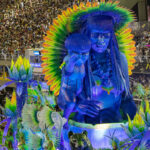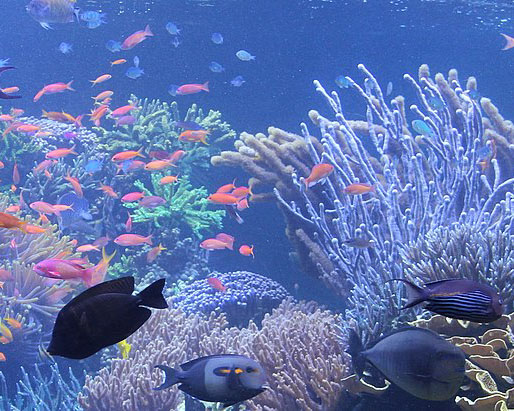If you want to experience the marvels of the ocean in a special and memorable location, you might think about exploring the Marine Life in the Marshall Islands. With just 181 square kilometers of land, this Pacific island country is made up of five islands and 29 atolls. However, marine life makes up for its size shortcomings. More than a thousand different types of fish and 250 different kinds of coral may be found in the Marshall Islands, along with sharks, turtles, dolphins, whales, and coconut crabs. You may enjoy the aquatic life in the Marshall Islands in a variety of ways, including snorkeling, diving, fishing, and just lounging on the beach. Here are a few justifications on why you should at least once in your life go to this incredible nation.
Discover the variety of marine life
Due to their seclusion and little human effect, the Marshall Islands boast some of the world’s most diversified and unspoiled coral reefs. You may swim or scuba dive in the crystal-clear lagoons and channels that encircle the islands and atolls and marvel at the vibrant fish and coral that call them home. Some of the coral species are unique to the area, which means that no other place on Earth has them. The vast ocean around the islands is home to bigger marine species including sharks, rays, turtles, dolphins, and whales, which you may also see. The Pacific tuna belt, which includes the Marshall Islands, sees millions of tuna migrate across its seas every year. You may try your luck at capturing some of these sought-after species by joining a fishing excursion or a local fisherman.
Discover the Marshall Islands history and culture via its marine life
The history and culture of the Marshall Islands are intriguing and have a strong connection to the water. The Marshallese are expert navigators and fishermen who have been employing handlines and outrigger boats along with other conventional equipment for ages. They utilize marine resources for food, medicine, crafts, and ceremonial purposes. They have a great regard for and awareness of the maritime environment. By visiting their towns, museums, monuments, and festivals, you may discover more about their culture and customs. Through its aquatic life, you can also see some of the historical occurrences that have molded the nation. For instance, you may go to Bikini Atoll, the location of 23 American nuclear tests conducted between 1946 and 1958. The atoll is currently a UNESCO World Heritage Site that illustrates how nuclear testing has impacted fish populations and coral reefs. Additionally, you may go scuba diving amid World War II shipwrecks that are located near several of the islands.
Encourage the Marshall Islands efforts towards marine conservation
Climate change, pollution, and overfishing are just a few dangers to the Marshall Islands’ marine biodiversity. To protect and manage its maritime resources for both current and future generations, the nation has undertaken a number of programs. The Reimaanlok Framework, a national policy for community-led management of protected areas across the archipelago, is one of these efforts. By 2030, the framework seeks to manage 50% of its coastal resources successfully. The Micronesia Challenge is another program, which involves regional collaboration between five nations to safeguard 20% of their land resources and 30% of their coastline resources by 2020. By engaging in responsible tourist behaviors when traveling to the Marshall Islands, such as reducing your environmental effect, respecting cultural traditions, and buying local wherever possible, you can help these conservation efforts. Additionally, you may contribute money to regional groups that seek to save the marine life in the Marshall Islands by volunteering for marine conservation initiatives.
Plan a vacation to see the marine life in the Marshall Islands
Here are some suggestions to assist you in organizing your trip if you are certain that seeing the marine life of the Marshall Islands is something you wish to do:
- Between November and April, when the weather is dry and bright and the ocean is calm and clear, is the greatest time to go to the Marshall Islands for encounters with marine life.
- Majuro Atoll, where the international airport is situated, serves as the principal entry point to the Marshall Islands. Majuro is reachable by air from Honolulu, Guam, or Fiji. To go to the other islands and atolls from Majuro, you may use domestic planes, boats, or ferries.
- There aren’t many places to stay in the Marshall Islands; they range from hotels and resorts to guesthouses and homestays. You may make a reservation for lodging online or via a nearby travel agency.
- The official language and currency of the Marshall Islands are English and the US dollar. However, you could also run upon Marshallese, the locals’ mother tongue. To connect with the natives, you may wish to acquire a few simple words and phrases.
- Although the Marshall Islands are a nice and safe place to visit, you should still use common sense and respect local traditions and regulations. Additionally, you should be knowledgeable about health dangers and precautions including sunburn, malaria, and dengue fever. Before departing, you should speak with your doctor, so pack any necessary prescriptions and supplies.
The Marshall Islands are an undiscovered treasure in the Pacific Ocean that provide visitors with a unique and memorable experience. Don’t pass up your chance to see one of the world’s least visited nations and take in its incredible marine life.
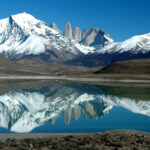
Experience the Magic of Patagonia
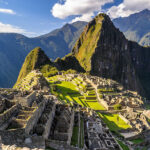
How Machu Picchu changed the World
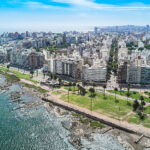
Uruguay, a Destination for Digital Nomads
